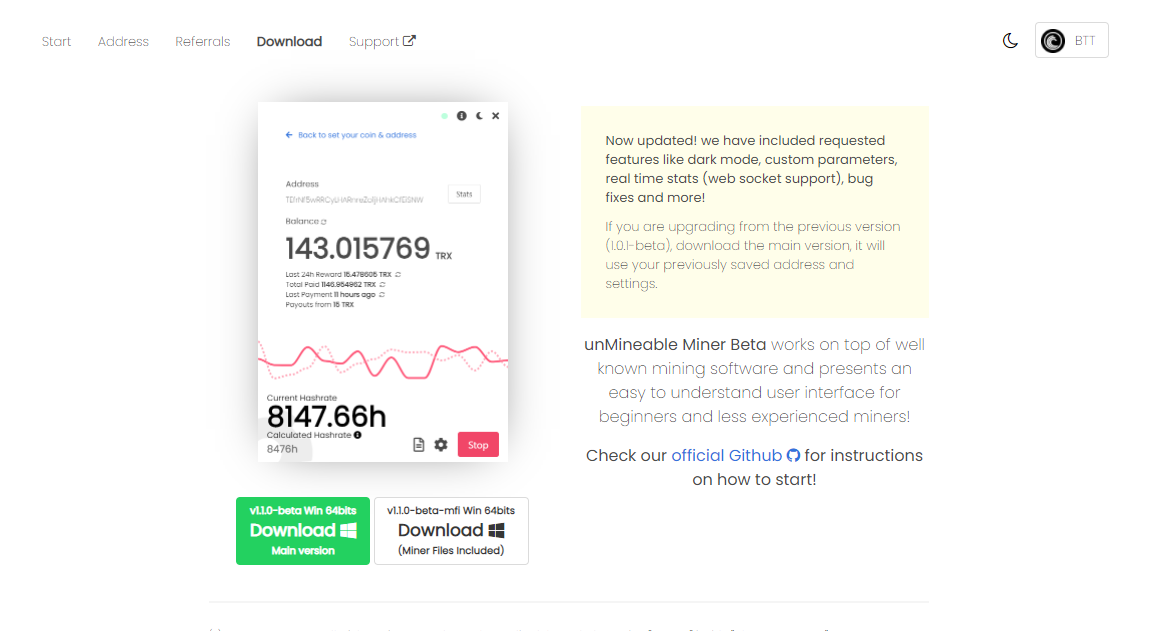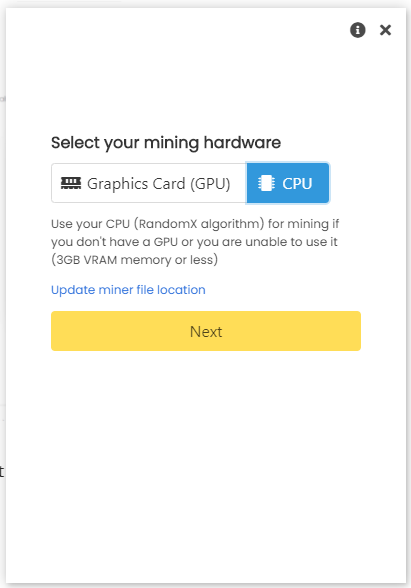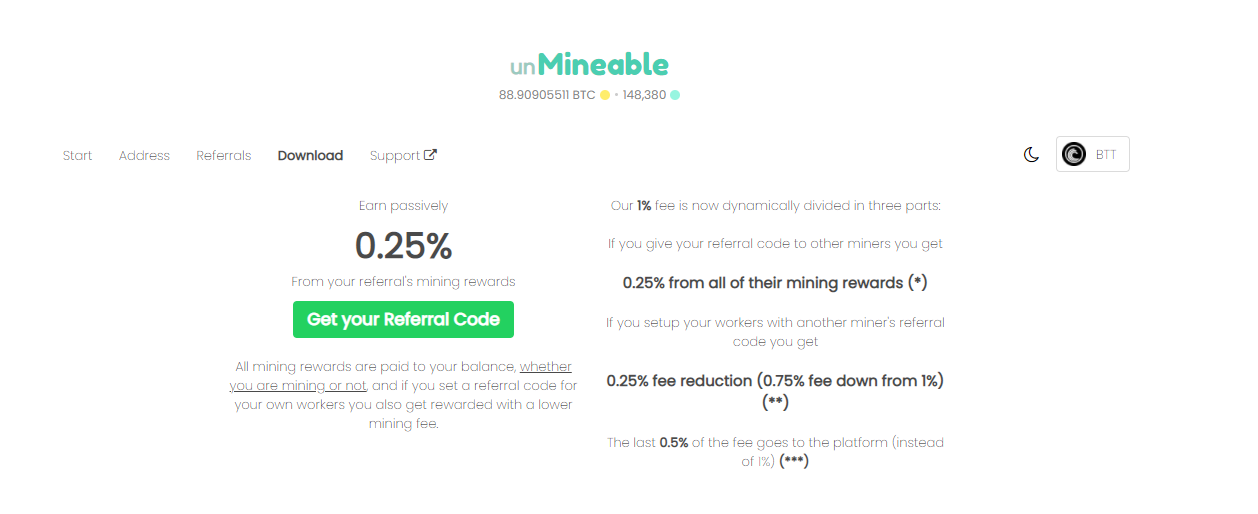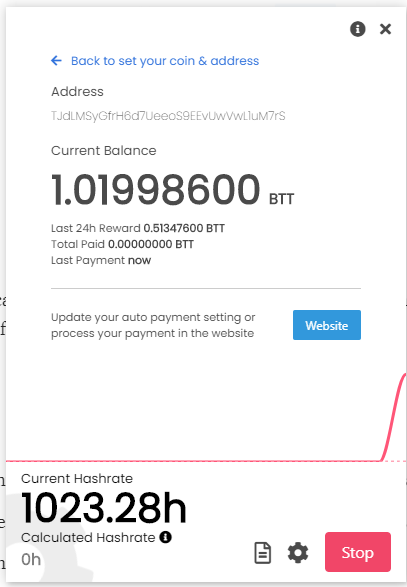Ignore properties C
Learn how to ignore properties based on numerous measures with System.Text.Json.
Learning Objectives
When serializing C# objects to JSON using “ System.Text.Json ,” all public properties by default serialized. If you don’t want a few of them to appear in the result, there are several options.
The article demonstrates how to ignore
Individual properties
A null-value properties
All read-only properties
All null-value properties
All default-value properties
Prerequisites
Install latest visual studio community edition.
Knowledge of properties in C# language.
Getting Started
The System.Text.Json namespace renders functionality for serializing to and deserializing from JSON.
Ignore Individual Properties
Use the [JsonIgnore] attribute to ignore particular property. Here’s an example class to serialize and JSON output:
public class Example{ public string Property1 { get; set; } [JsonIgnore] public string Property2 { get; set; } }
JSON Output
{ "Property1":"Value1"}
Ignore Null Value Properties
Option to specify condition with [JsonIgnore] attribute’s property. The JsonIgnoreCondition enum provides the following options:
Always — The property is always ignored. If no Condition is specified, this option is assumed.
Never — The property is always serialized and deserialized, regardless of the DefaultIgnoreCondition , IgnoreReadOnlyProperties , and IgnoreReadOnlyFields global settings.
WhenWritingDefault — The property is ignored on serialization if it’s a reference type null, a nullable value type null, or a value type default.
WhenWritingNull — The property is ignored on serialization if it’s a reference type null or a nullable value type null.
[JsonIgnore(Condition = JsonIgnoreCondition.Always)]
The following example demonstrates the usage of the [JsonIgnore] attribute’s Condition property:
public class Example{ [JsonIgnore(Condition = JsonIgnoreCondition.WhenWritingDefault)] public DateTime Date { get; set; }
[JsonIgnore(Condition = JsonIgnoreCondition.Never)] public int TempC { get; set; }
[JsonIgnore(Condition = JsonIgnoreCondition.WhenWritingNull)] public string? Summary { get; set; }};
Ignore read-only properties
A read-only property, i.e., it contains a public getter but not a setter. To ignore all those properties, set the JsonSerializerOptions. IgnoreReadOnlyProperties to true, as shown in the below example.
var options = new JsonSerializerOptions { IgnoreReadOnlyProperties = true, WriteIndented = true };
Serialization Use
jsonString = JsonSerializer.Serialize(classObject, options);
This option affects only serialization. While deserialization, read-only properties are neglected by default.
Ignore all null-value Properties
To neglect each null-value property, set the DefaultIgnoreCondition property to WhenWritingNull , as explained in the following example:
JsonSerializerOptions options = new(){ DefaultIgnoreCondition = JsonIgnoreCondition.WhenWritingNull };
Serialization Use
jsonString = JsonSerializer.Serialize(classObject, options);
Ignore all default-value Properties
To counter serialization of default values in properties, set the DefaultIgnoreCondition property to WhenWritingDefault , as shown below.
JsonSerializerOptions options = new(){ DefaultIgnoreCondition = JsonIgnoreCondition.WhenWritingDefault };
Serialization Use
jsonString = JsonSerializer.Serialize(classObject, options);
Thank you for reading, and I hope you liked the article.
Stay tuned on C
C# Publication, LinkedIn, Instagram, Twitter, Dev.to, Pinterest, Substack, Wix.





 > # “Within 1 hr, I can mine the above-shown doge coins, and with a higher hash rate, it's much faster”
> # “Within 1 hr, I can mine the above-shown doge coins, and with a higher hash rate, it's much faster”
 from [Pexels](https://www.pexels.com/photo/person-using-macbook-pro-on-person-s-lap-1181298/?utm_content=attributionCopyText&utm_medium=referral&utm_source=pexels)](https://cdn-images-1.medium.com/max/2560/1*ELcUZLT-wWFd3_womEweBA.jpeg)










